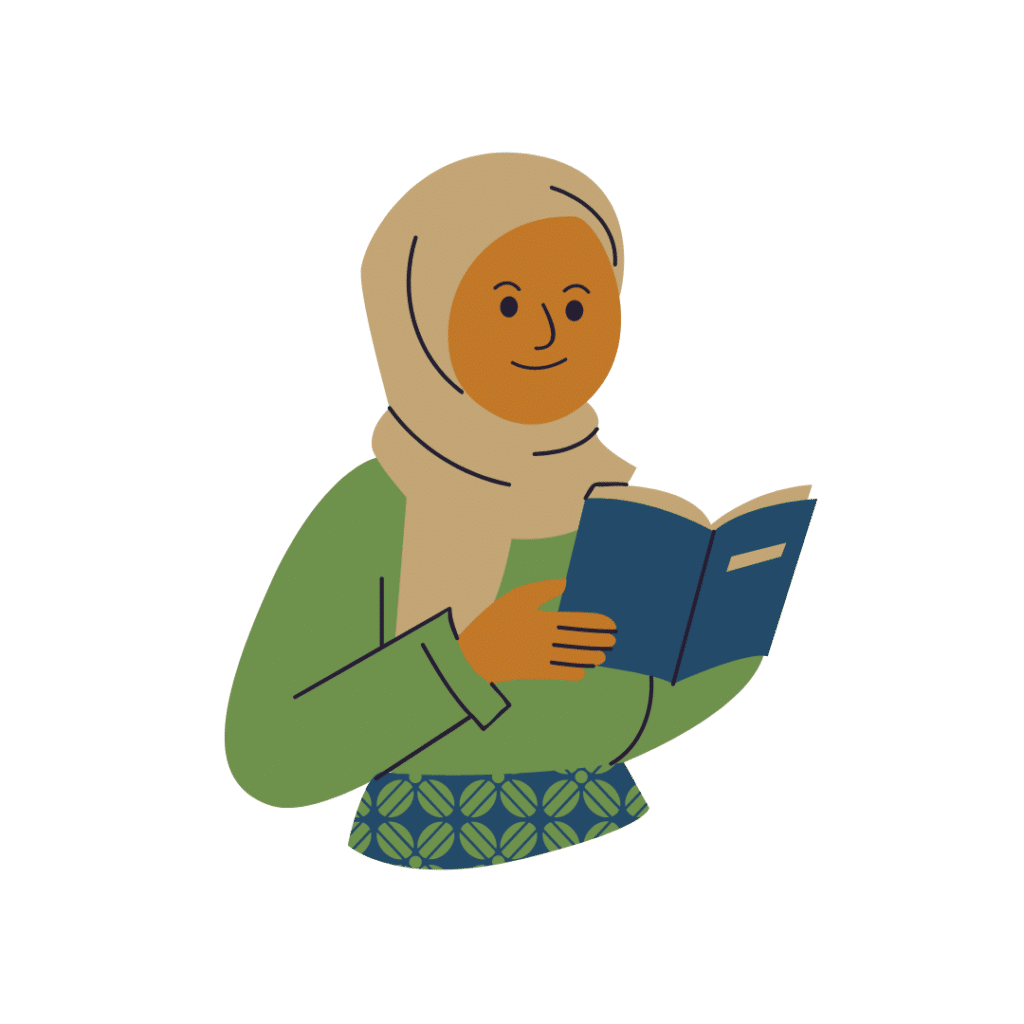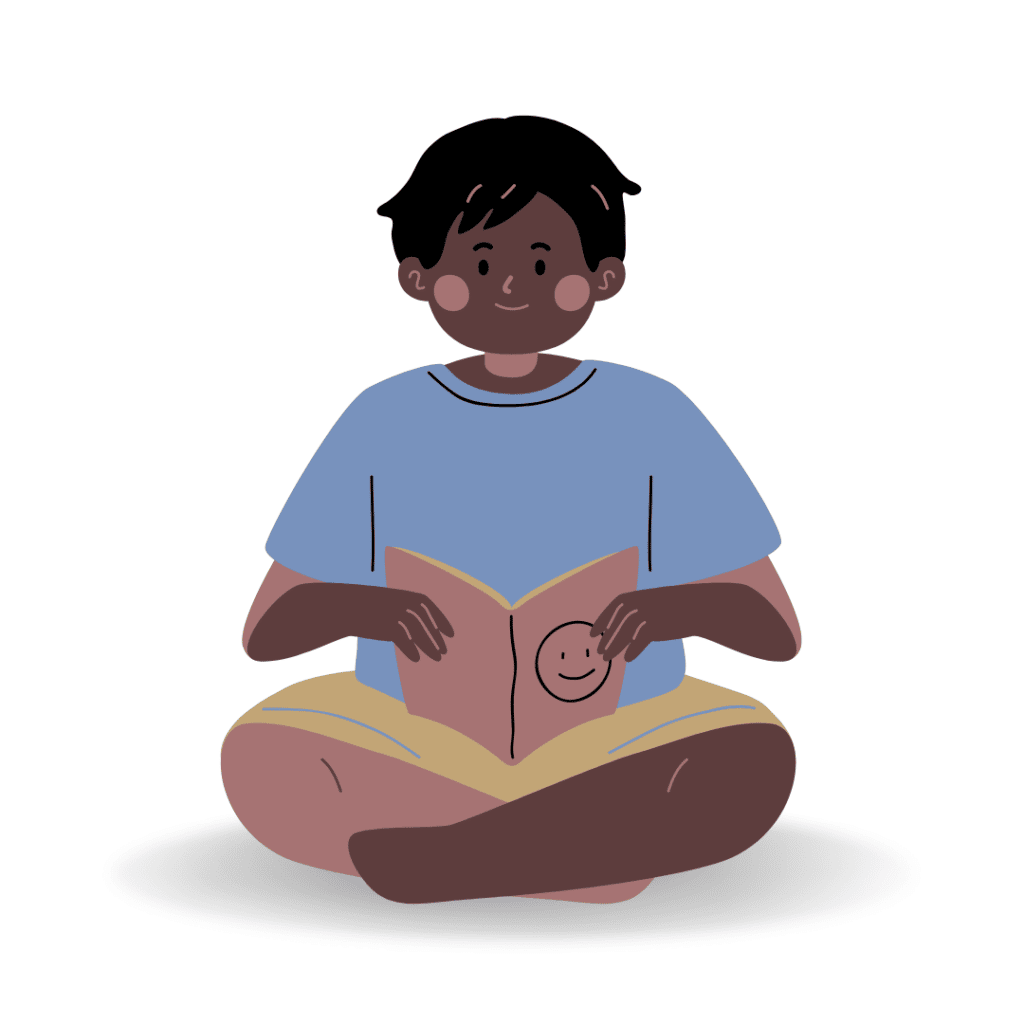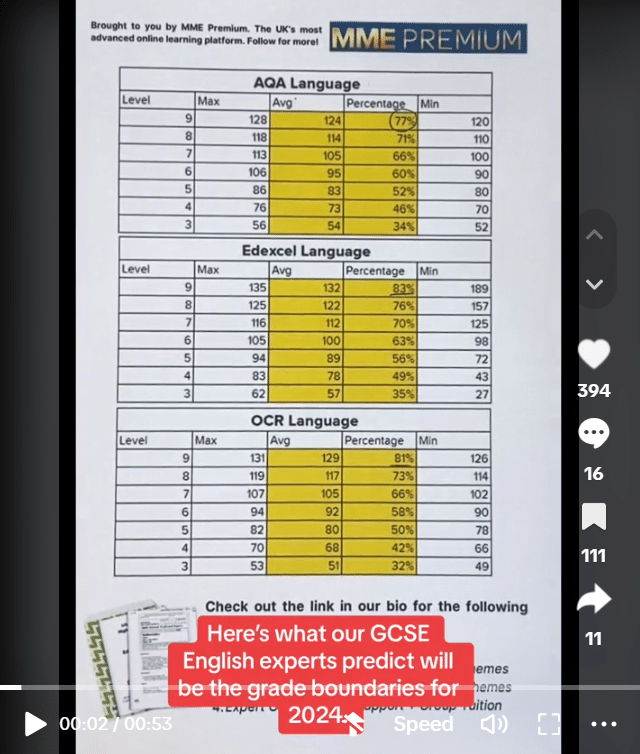Reading: Facing the Texts
Reading: Facing the Texts Revision
Reading: Facing the Texts
The texts you are given in the exam aim to test your reading and comprehension skills across various genres and time periods.
In this page, we will go over the types of texts you may face in your AQA GCSE English Language exam, as well as taking a more detailed look at the kinds of texts that may feature in each paper.
AO Refresher
“AO” stands for Assessment Objective.
These are 6 specifications that you could be assessed on overall in your AQA GCSE English Language exam.
However, not every AO is assessed in each paper. In the reading section, there are only 4 possible AOs.
AOs require you to demonstrate a confident control of English, sophisticated analysis, and the ability to find meaning within different types of texts.
Let’s have a quick refresher of what each AO involves…
AO1:
- Identify and interpret explicit and implicit information and ideas
- Select and synthesise evidence from different texts.
AO2:
- Explain, comment on and analyse how writers use language and structure to achieve effects and influence readers, using relevant subject terminology to support their views.
AO3:
- Compare writers’ ideas and perspectives, as well as how these are conveyed, across two or more texts.
AO4:
- Evaluate texts critically and support this with appropriate textual references.
What Texts Will I Face?
You will be tested on a variety of forms and genres.
This could be a letter, an article, an extract of travel writing or an autobiography for example.
The type of text will dictate certain language and structural choices made by the writer.
For example:
- A letter might use persuasive techniques like direct address, rhetorical questions or short sentences for impact.
- A newspaper article could take an informative tone.
All of the texts in the English Language exam are either non-fiction or prose fiction.
Non-fiction is based on facts or real events, whereas prose fiction is a made-up creative piece of writing.
Try not to be overwhelmed by the amount of texts there are to face, as long as you have the relevant skills, you can apply this to any text!
So, let’s have a look at some useful questions…
AO1:
– Is there a particular line the question is asking you to analyse?
– Can you gather what the writer is trying to say through implicit information?
– How do they relate to the theme of the question?
AO2:
– What language techniques has the writer employed?
– Can you find any structural techniques in the required lines of the extract?
– What is the effect of these techniques on the reader and the text as a whole? Is it successful?
AO3:
– Can you spot any similarities in the way the authors use language?
– Is the aim of their texts the same, but the methods used different?
– What is the effect on the reader, caused through either the language or structure?
AO4:
– What is your opinion on the statement given? Do you agree? Think it is limited? Biased?
– Can you find a language feature to support this opinion?
– What about a structural feature?
Paper 1 Breakdown
Paper 1 includes a reading section with a literary fiction text extract.
‘Literary fiction text’ just means a novel, novella or short story:
- A novel – this means a book, like Jane Eyre by Charlotte Brontë.
- A novella – this is just a longer short story, like The Strange Case of Dr Jekyll and Mr Hyde by Robert Louis Stevenson.
- A short story – just a type of shorter prose fiction, like Odour of Chrysanthemums by D. H. Lawrence.

It’s a good idea to read a range of these types of texts while you are revising, not only as a way to unwind, but to familiarise yourself with literary fiction as a whole!
This can also help you practice spotting techniques and analysing their effects.
Section A (reading) of Paper 1 assesses AO1, AO2 and AO4.
Paper 2 Breakdown
Paper 2 also contains a reading section, but the text types will be different, and includes two non-fiction texts.
Non-fiction is based on fact, real events or accounts. It is the opposite of fiction.
While non-fiction texts can contain opinions and bias, they are not creative writing pieces or made-up stories.
You will be given two non-fiction texts to analyse from different time periods: 19th, 20th and 21st century.

Some examples of these include:
- Magazine articles
- Newspaper articles
- Essays
- Letters
- Travel writing
- Autobiographies/biographies
Section A (reading) of Paper 2 assesses AO1, AO2 and AO3.



